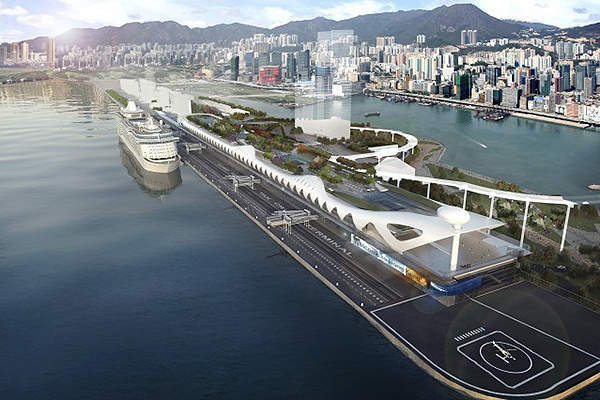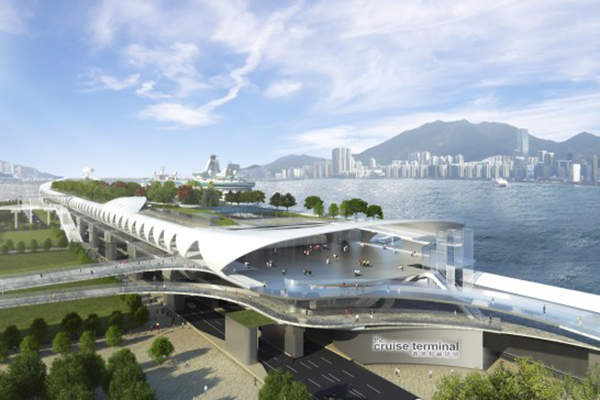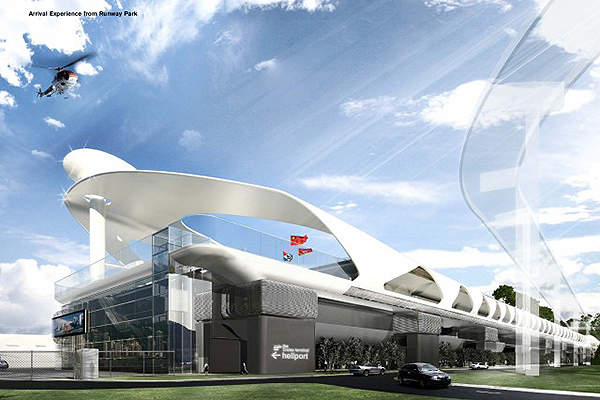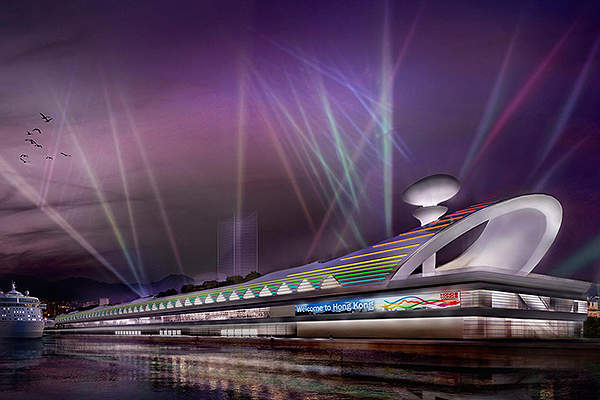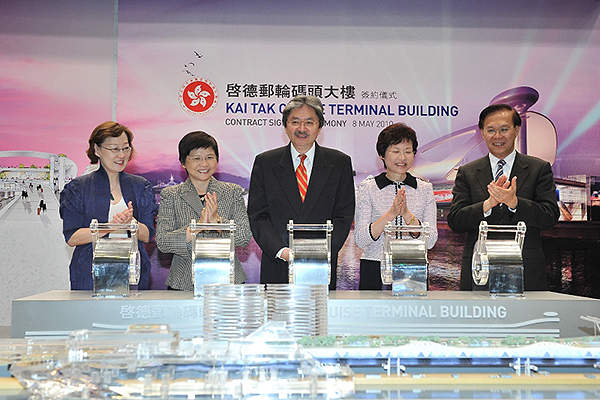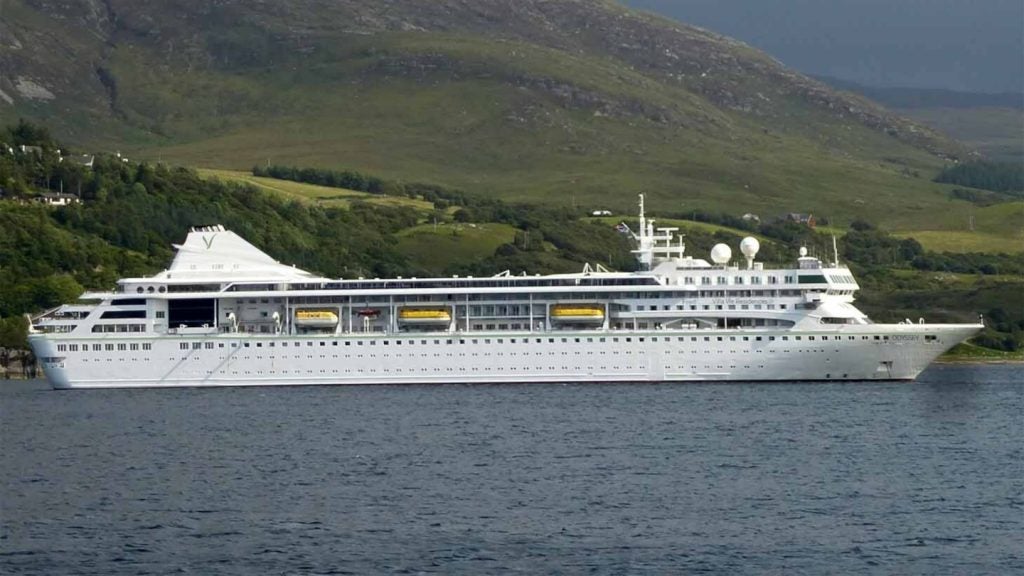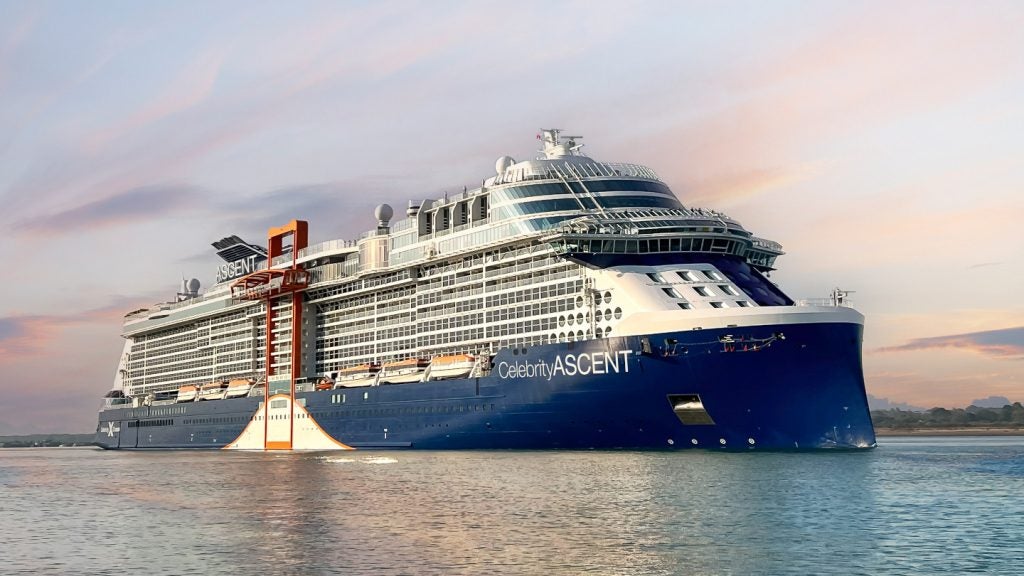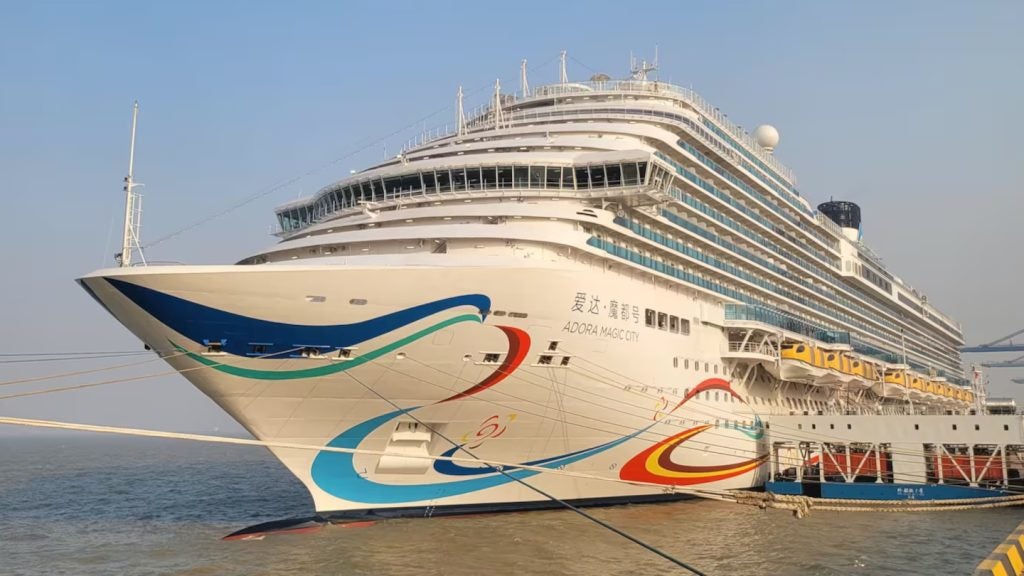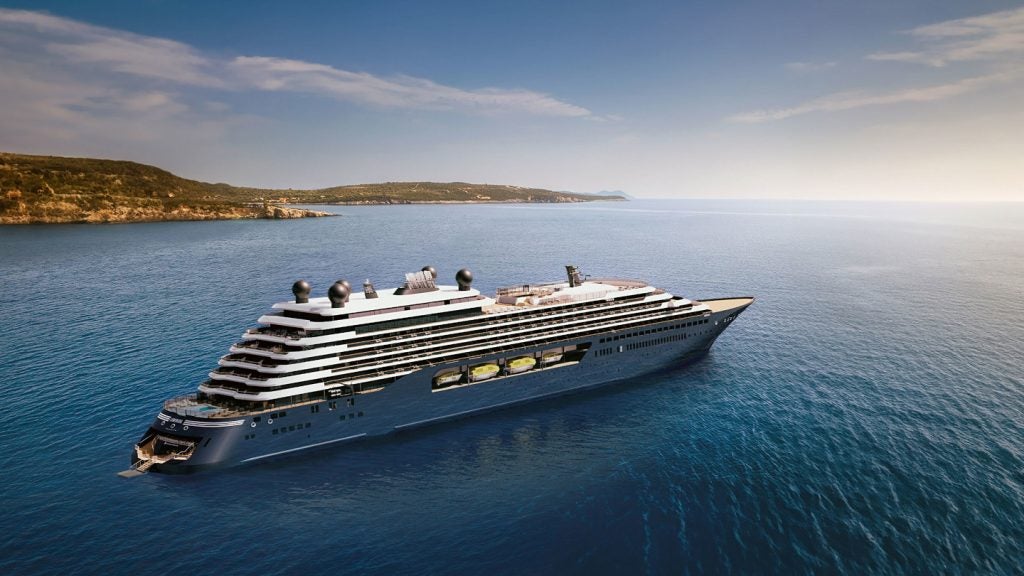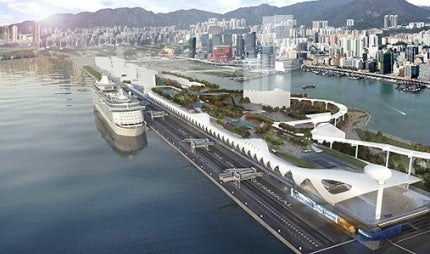
Kai Tak Cruise Terminal in Hong Kong comprises two berths and a terminal building. It is located at the south-eastern end of the former Kai Tak Airport’s runway within Victoria Harbour.
The first berth and the terminal building received the inaugural berthing of a Mariner of the Seas cruise liner in June 2013, while the second berth was operational in September 2014. The estimated cost of the project is HK$8.2bn ($1bn).
The terminal is strategically located within ten miles of all major urban areas of Hong Kong. The operator of the terminal is Worldwide Cruise Terminals, which is jointly owned by Worldwide Flight Services (60%), Royal Caribbean Cruises (20%), and Shun Tak Holdings (20%).
Kai Tak Cruise Terminal and berth details
The new cruise terminal covers 76,000m² of land with the quay of the two berths covering about 850m in length and 35m in width. The first berth covers a length of 455m, while the second berth covers a length of 395m. The seabed was dredged to -12mCD/-13mCD. Each berth of the terminal is capable of accommodating cruise ships up to a gross tonnage of 220,000t.
The cruise terminal is capable of berthing two mega-size cruise ships simultaneously, each with more than 4,000 passengers and 2,000 crews, after the dredging works at the second berth are completed in 2015. The terminal is equipped with five Seaport Passenger Boarding Bridges.
Design of the Kai Tak Cruise Terminal building
The building comprises three main levels covered by an arrangement of fin-like roof structures that enable daylight to filter through to the passenger waiting spaces. A pedestrian route starting from the waterfront public area stretches up through the building and opens on to a large public roof garden, providing open and sheltered spaces for recreational purposes.
The ground floor encompasses the baggage handling area, customs hall, back office functions, passenger departure hall pick-up area, and a coach staging area. Private car and taxi drop-off areas are located a level above the ground floor. The second floor of the building incorporates the passenger check-in and waiting halls, as well as a public colonnade, and ancillary commercial areas.
The building has adopted a wide-span design, allowing the interior to have a clear structural span of 41m. The passenger waiting halls on two floors can be converted to a multipurpose venue to be used for conferences, exhibitions and banquets during the non-peak seasons of cruise operations.
Kai Tak Cruise Terminal construction
The project was implemented under two contracts, with the first comprising the site formation works and the second consisting of the construction of the cruise terminal building and ancillary facilities.
The site formation works commenced in November 2009 while construction of the terminal building started in May 2010.
The site formation works commenced in November 2009 while construction of the terminal building started in May 2010.
The site formation works included the removal of the existing seawall and construction of a new sloping seawall of 1,100m (approximately); construction of an apron area, including piled structures, mooring and fender systems; and construction of the associated piled transition structures. The construction works also included the dredging of 1.38 million cubic metres of marine sediments. The surplus excavated materials from the project site were used to reconstruct the seawall.
Other works included the construction of ancillary public transport facilities, drainage, sewerage, water mains, and landscaping works.
Contractors involved with the Kai Tak project
Additional consultants for the project include Foster + Partners, Wong Tung & Partners, AECOM, Amsterdam Port Consultants, Barrie Ho and Benoy.
The site investigation, engineering review, detailed design and tendering, and construction supervision for the site formation works were provided by URS Hong Kong (URS).
Royal Haskoning collaborated with Au Posford Consultants to review the design requirements and outlined the performance specifications for the Seaport Passenger Boarding Bridges.
The mechanical, electrical and plumbing (MEP) contractor for the project is BYME Engineering.
TEAM provided five HYDRA passenger boarding bridges (PBBs) for the terminal.
The substation for providing electricity for the terminal was constructed by CLP. The substation initially provided about 20MW of power for the terminal.
A solid-state radar, which is placed above a 55m-high tower at the terminal, was provided by HITT. The radar is integrated with the existing vessel traffic system of the Marine Department and is share used by the Customs & Excise Department.
The display and data network systems were supplied by Roctec Technology and CCTV systems for operations were supplied by UniVision Engineering.
AMG completed the delivery of the transmission technology for the security and surveillance project of the Kai Tak Cruise Terminal in April 2015.
Related content
Adastra Superyacht, Zhuhai, China
Adastra is a trimaran-type superyacht built by McConaghy Boats for Hong Kong-based shipping baron Anto Marden.
Liverpool 2 Container Terminal, UK
Liverpool 2 is a proposed deep-water container terminal on the River Mersey in Seaforth.
Drydocks World Dubai Shipyard, United Arab Emirates
Drydocks World Dubai shipyard is the largest ship repair facility in the Middle East.

